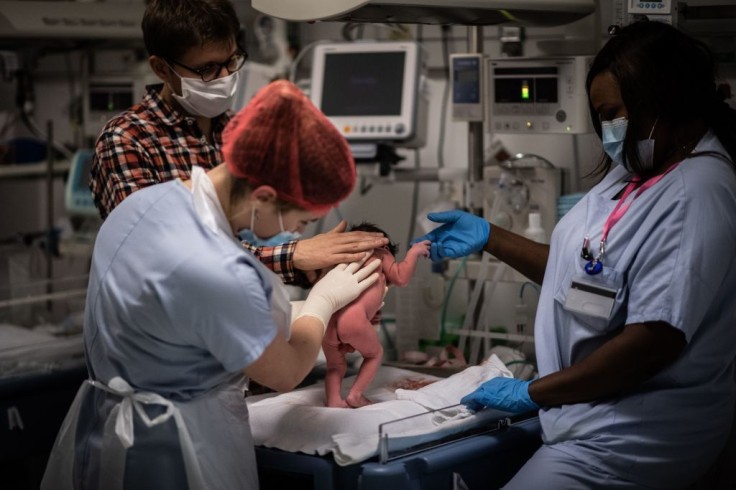
According to the nonprofit organization March of Dimes, more than 2 million women in the United States live in counties with no access to obstetricians or prenatal care, also known as maternity care deserts. Millions more American women live in places where medical support is unfortunately limited.
According to the report the organization released, a U.S. county was classified as a maternity care desert if there were no birth centers, no certified nurse midwives, no OB/GYN, and no hospitals providing obstetric care.
Counties were classified as having low access to maternity care services if one or fewer hospitals offered OB services in that area. The said county also has fewer than 60 OB providers per 10,000 births, and the proportion of women without health insurance in the area was 10 percent or greater.
Maternity care deserts a problem in Texas
One of those women living in a maternity care desert is Kaylee Samulowitz. She already has a lot on her plate with two small children and a baby due in June. Adding to Samulowitz's concerns is that she does not know if she will make it to the hospital in time for her upcoming delivery.
She currently lives in the rural city of Pampa in the state of Texas. Even though Pampa has a population of 17,000, Samulowitz cannot deliver her baby there as the local hospital in that city had just closed its labor and delivery unit. She will now have to travel about an hour to a hospital in Amarillo, 60 miles away, to deliver her third child.
Samulowitz told CBS News that she already had a close call with her son, so it is a little nerve-racking thinking about what will happen to the next one. It is a sad situation but not unique to Pampa, as fewer than half of rural Texas hospitals can deliver babies.
Read Also : Miracle Baby Shot in the Head During Drive-by Shooting in New Iberia Discharged From Hospital
Rising costs, shortage of nurses are behind maternity care deserts
One of the biggest factors in the decline of maternity wards is the shortage of nurses heightened by the ongoing COVID-19 pandemic. Also, factoring in the depletion of maternity wards is the rising cost of maternity care.
Jeff Barnhart, who is the head of Hereford Regional Medical Center in the Texas Panhandle, said that many rural hospitals are getting out of delivering babies because it is just so expensive. Barnhart added that these hospitals get to the point where they have to decide. Hereford Regional Medical Center is the go-to place for pregnant women in the area, as the hospital's maternity department is the only one for some 1,600 square miles.
According to a study from the University of Minnesota Rural Health Research Center recently published in the journal JAMA Health Forum, administrators of rural hospitals in the United States that are providing obstetric care reported needing at least 200 annual births for financial viability and safety.